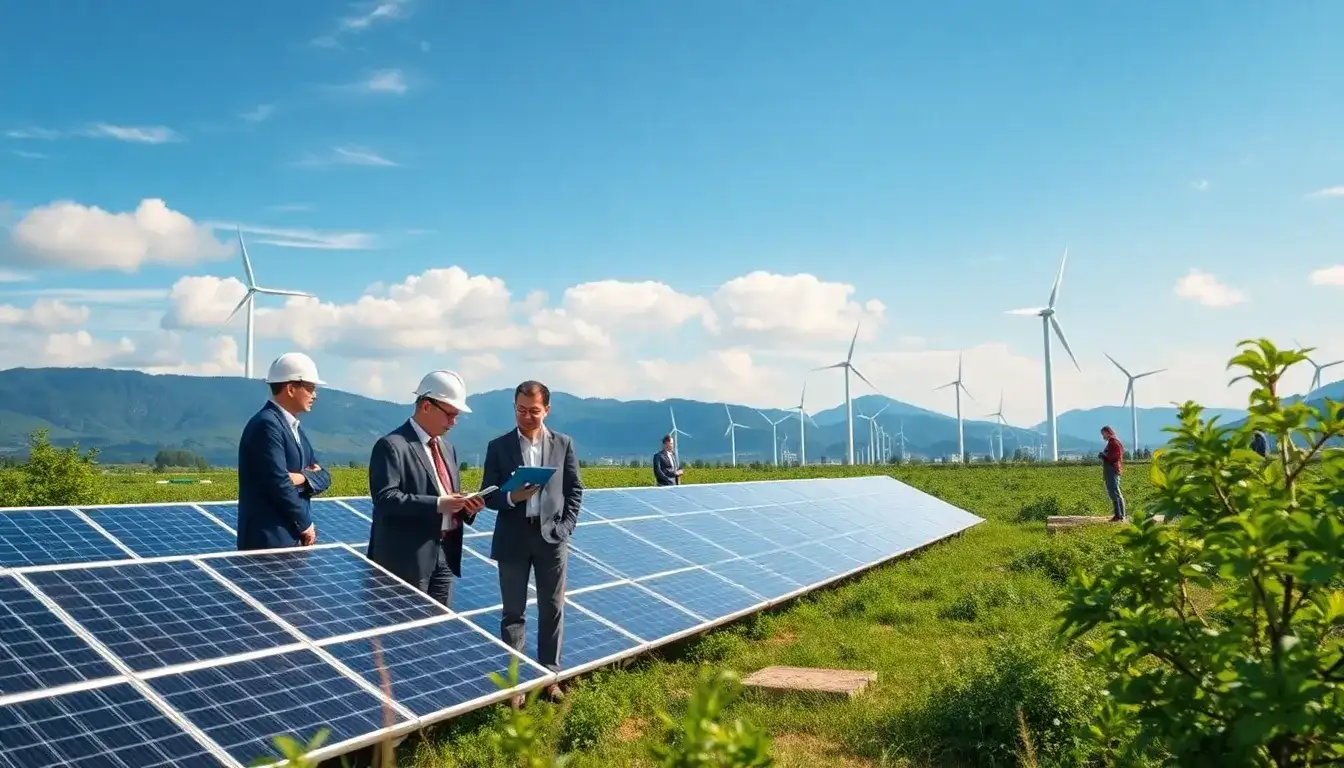
The National Energy Administration (NEA) has recently published a report detailing new energy policies and developments. The report, dated April 5, 2025, outlines several key initiatives aimed at advancing sustainable energy practices across China. These include the promotion of renewable energy sources and the establishment of new regulatory frameworks to facilitate their integration into the national grid.
One significant aspect of the report is the NEA’s move towards a green power certification system for renewable energy projects, particularly in wind and solar energy. This certification is expected to streamline processes and encourage investment in clean energy technologies.
In terms of regional energy strategy, the Shanxi Province plans to construct 3 to 5 offshore wind power projects, each with a capacity of 1 GW, within the next two years. The province aims to significantly boost its energy output through these initiatives.
The Heilongjiang Province has also launched efforts to upgrade its energy infrastructure. The NEA’s guidelines suggest improving the efficiency of existing power systems by setting new benchmarks for renewable energy capacity and utilization. For instance, it aims for a renewable energy blend to exceed 20% and to achieve a distribution model that ensures equitable access to energy resources.
Moreover, the NEA has reported that the total investment in renewable energy projects is projected to reach 4.2 trillion yuan by 2025. This investment is expected to generate approximately 13,000 GWh of electricity annually, facilitating a significant reduction in carbon emissions.
In addition, the NEA has emphasized the importance of collaboration between various sectors to enhance the efficiency and effectiveness of renewable energy deployment. This includes partnerships with local governments, private enterprises, and international stakeholders.
On the technological front, advancements in solar panel efficiency are notable, with new models achieving efficiencies of 21% or higher. This technological progress is crucial for meeting the ambitious renewable energy targets set for the coming years.
As part of its ongoing efforts, the NEA is also focusing on enhancing the stability of the power grid to accommodate the influx of renewable energy sources. This includes the development of smart grid technologies and energy storage solutions that can manage fluctuations in renewable energy generation.
In conclusion, the NEA’s latest report outlines a comprehensive strategy for advancing renewable energy in China, emphasizing the need for collaborative efforts, technological advancements, and regulatory support to achieve a sustainable energy future.







